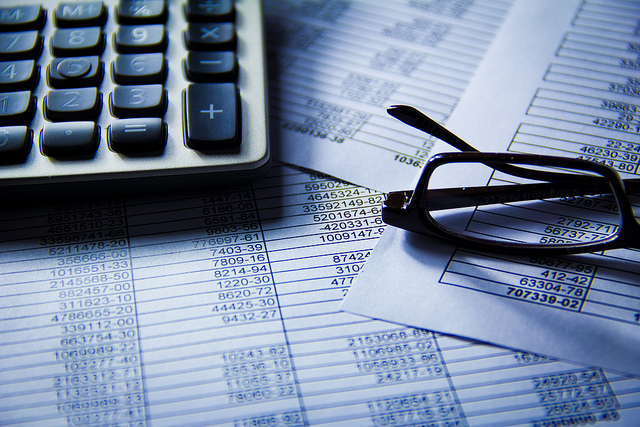Each brokerage firm sets their minimum starting size for accounts. Normally, it starts at $5,000, but I have seen them as low as $1,000. It is common for first-time traders to start trading with a $5,000 to $10,000 account. However, there is a learning curve with trading futures and the account size should fit the experience level, financial situation of the trader, markets traded, and overall goals of the trader.
I have always felt it is better to start with an account size of at least $25,000, but there are pros and cons to various sizes of accounts. The main issue for many traders is having enough capital in the account so less risk can be taken per trade, which often means less stress. Certainly a larger account lets you trade multiple markets and have access to more opportunities.
Here’s how I see the advantages and limits of various size accounts…
$2,000 to $5,000 Account Size
This size of account is normally not recommended. The futures markets are volatile and you will not make money on every trade. If you risk $500 per trade and have 4 bad trades in a row, you’re account is in serious trouble or your account is blown out. Plus, every trade will have a significant impact on this size of account, which normally causes trader’s emotions to overtake their logic when trading.
I don’t recommend an account size in this range. However, if you do start here, I would suggest limiting yourself to trading one futures market and stick with the lower margin and less volatile commodities. Corn, sugar, oats and Eurodollars might be some markets to consider.
$5,000 – $10,000 Account Size
This is a popular range for new retail traders who are testing the waters. This is still considered a small account, and you are basically limiting yourself to one market or the less volatile commodities. You have to take relatively small losses on trades or your drawdowns can be significant on your overall account value.
For example, if you risk $400 per trade, a few losses in a row can cause the value of your account to drop by 10-20 percent in a short period of time. That can have a serious psychological effect on many new traders. A good rule of thumb is to have enough capital in your account to cover at least double the amount of margin you will ever have on trades at any given time. This will normally keep you away from margin calls[KS1] , and make the drawdowns and trading less stressful.
Some traders will use this size of futures account to daytrade the emini S&P or crude oil. They will often trade many times a day with one contract and risk a relatively small amount on each trade. That can work as daytrading margins are typically lower with most clearing firms. However, I feel it is more difficult to make money daytrading with only one contract. I like to trade where I take profits at progressively better levels to maximize returns. This is not possible trading one contract.
$10,000 – $25,000 Account Size
This is where I feel most new traders should start with an account size. You can diversify your account somewhat and have the opportunity to trade a wider range of futures markets. A bad loss on one futures contract will not have a catastrophic impact on a $25,000 account and you can probably sleep better at night.
$25,000 Plus Account Size
This will give you a solid foundation for trading commodities. You will be able to trade practically any market you want. Of course this doesn’t mean you should trade as many contracts as margins allow at any given time. Trading on maxed out margin levels is a recipe for disaster on any account size, unless you are a pro and can wire in money as necessary.
This size also allows you to diversify your portfolio by trading several markets at the same time. If you run into a bad streak, this size of account should be able to withstand it. You can take a longer-term perspective that often allows risking more per trade. More volatile markets like the e-mini S&P, crude oil, gold and coffee can be traded.
Final Thoughts on Futures Account Sizes
A trader should always consider their overall financial situation when choosing the amount of money they use to fund their futures trading account. This money should be risk capital.
Experience should also be considered. If you have never traded futures contracts before, the information above should be a helpful guideline. If you have experience and understand your typical drawdowns and markets traded, then you should be able to decide on an account size that gives you a comfortable cushion and allows you enough capital to avoid margin calls. Worse case, you should have enough risk capital to overcome any large drawdowns or the unwelcome margin calls.
I always tend to recommend funding an account with more than you think you need. This typically puts a trader more at ease and helps them follow their plan. If you don’t have a trading plan and lack discipline, you may want to consider paper trading and studying the markets more to develop a solid plan. Otherwise, it won’t matter what account size you use!




